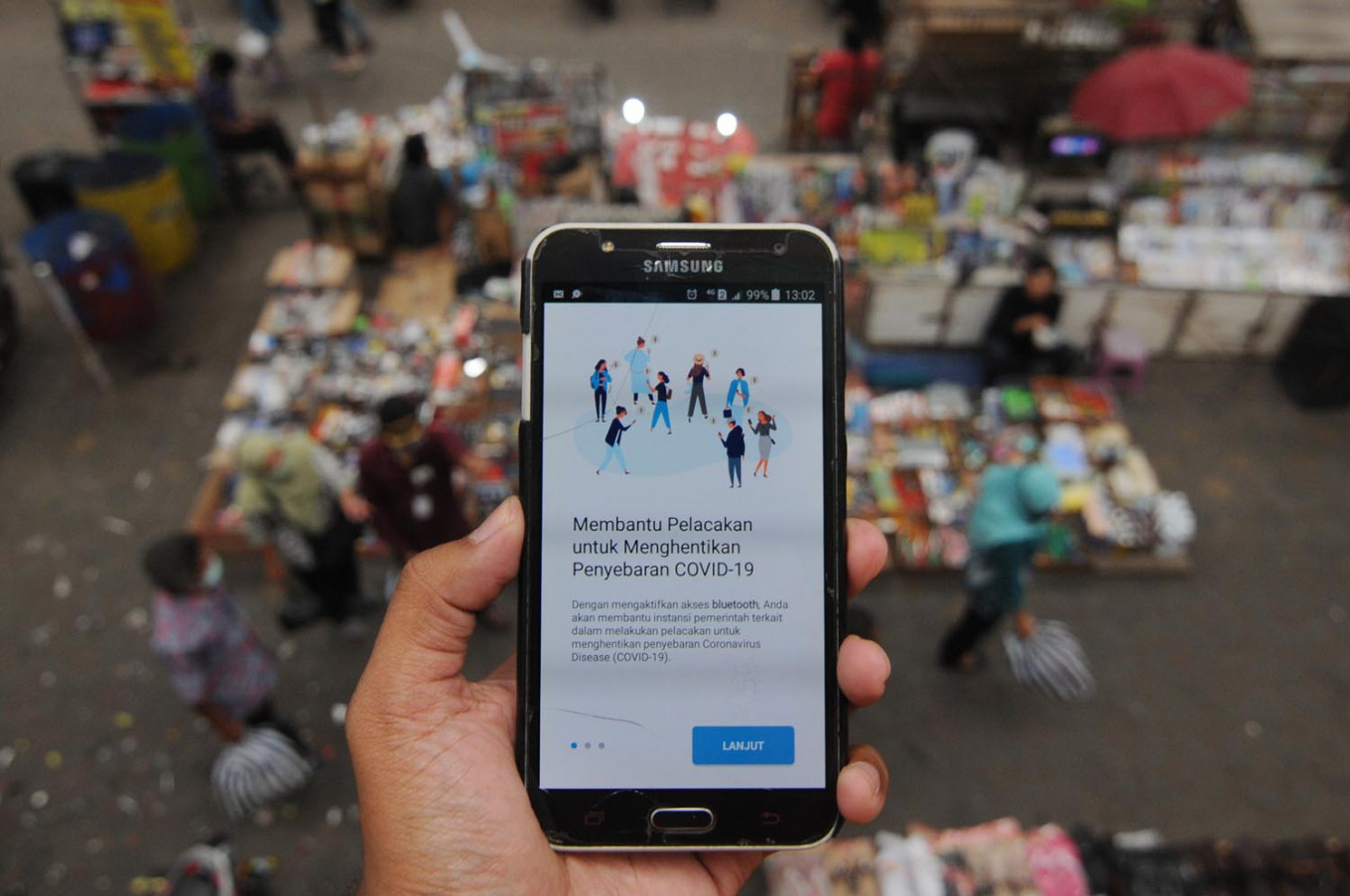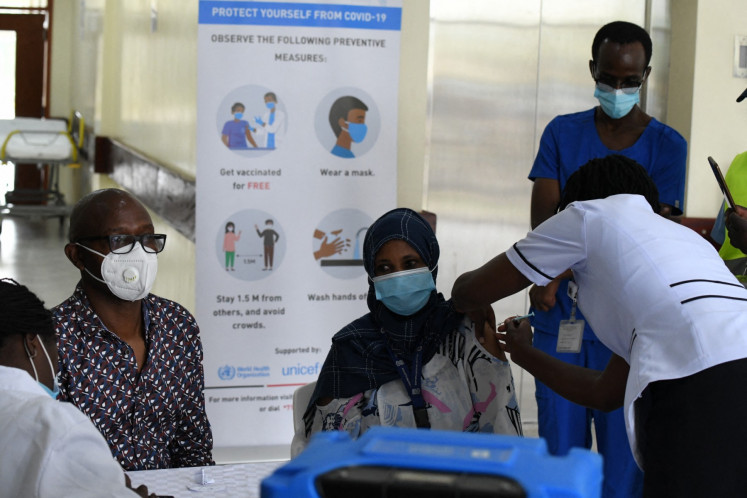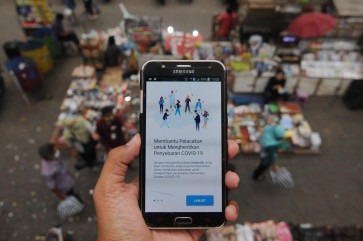Popular Reads
Top Results
Can't find what you're looking for?
View all search resultsPopular Reads
Top Results
Can't find what you're looking for?
View all search resultsHow digital technology can reduce inequality
Through digital mapping and satellite imaging, governments may be able to identify some of the spatial and environmental challenges faced by those most at risk.
Change text size
Gift Premium Articles
to Anyone
R
enowned economist Tony Atkinson argues that “if we are concerned about equality of opportunity tomorrow, we need to be concerned about inequality of outcome today”. Never was this statement truer than today, as Indonesia, and nations of the entire world, continue to face the devastating welfare and economic challenges brought about by the COVID-19 pandemic.
Unless governments act now, more people will be pushed toward extreme poverty, further entrenching those who are most vulnerable, whilst giving rise to challenges that not only encompass economic well-being but also include other multidimensional aspects of poverty and inequality; particularly inequality in health and access to education as well as drastic changes in peoples’ standards of living. The pandemic seems to further highlight the importance of the first and tenth Sustainable Development Goals, namely to end poverty in all its forms and to take bold steps in reducing inequality within and among nations.
The Indonesian government has laid out a number of relief programs in response to the pandemic, encompassing health, unemployment and economic stimulus packages alongside financing programs for small and medium enterprises. As the virus case numbers grow, however, its effects on people’s livelihoods deepen, businesses continue to suffer losses and unemployment grows. There is, thus, no question that without significant public action in addition to these government-led measures, the adverse social and economic impacts of the pandemic may become immeasurable. This is where digital technology and the private sector could lend a hand.
Technology has played and continues to play a vital role in efforts to mitigate the impact of COVID-19. This ranges from machine learning models that help map and forecast the spread of the virus to contact-tracing techniques, which, as shown by our neighbors, Singapore and South Korea, have enabled a drastic slowdown in the spread of the disease. In addition to these crucial functions, as a researcher whose work centers on determinants of welfare and poverty, I see additional ways in which digital technology may be put to use.
Coming back to the many faces of poverty and inequality, the COVID-19 pandemic challenges traditional definitions of vulnerability. Those of ill-health, who are homeless and precarious are experiencing deeper vulnerability, while sudden losses of livelihoods may lead households from diverse socioeconomic backgrounds, not traditionally thought to be at risk, to struggle. Identifying those most at risk, the ‘new poor’, is thus crucial.
Through digital mapping and satellite imaging, governments may be able to identify some of the spatial and environmental challenges faced by those most at risk. These tools may also serve to inform and evaluate policies related to the pandemic. As a report published by The Lancet highlights, policies on social distancing and cleanliness to curb the spread of the virus are less effective in densely populated areas and where access to clean sanitation and water is still unresolved. The call for online learning also creates new needs, i.e. access to a good internet service and hardware and computers, which may be scarce in villages. Evidence from digital mapping may alert policy-makers as to where additional measures are needed to ensure the health and safety of the population. Cross-checking spatial data with crowd-sourced information and digital portals may also act as a source of important information.
In addition, the way social assistance programs are delivered to poor and vulnerable households may also need to adapt due to COVID-19. When it becomes increasingly challenging for face-to-face meetings, mobile phones may act as an alternative method to not only facilitate cash transfers but also support the monitoring of those who are most in need of subsidies. This approach, which utilises mobile phone video-chat facilities, may be an option for Indonesia and other nations.


















